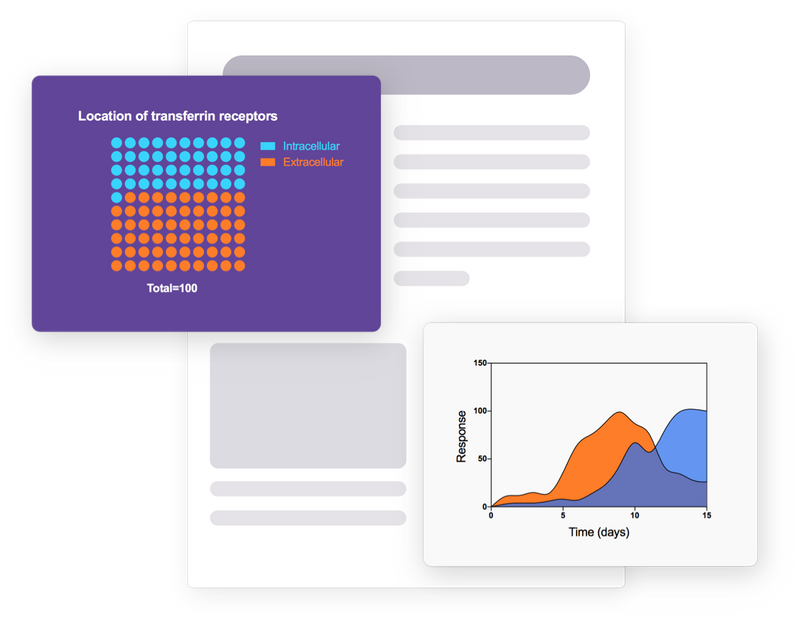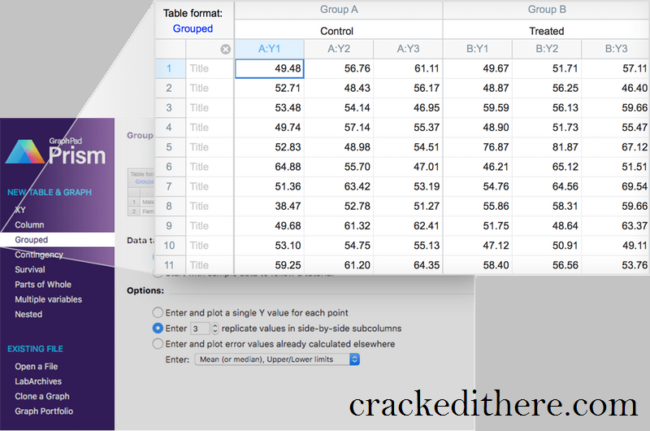

In order to achieve high and persistent serum levels of Abs for optimal efficacy, Ab therapies typically require frequent and repeated administrations of relatively large doses (subgrams or grams). The efficacy of therapeutic or prophylactic Abs is critically dependent on circulatings serum concentrations, which are difficult to maintain at high levels for a long period. (9) However, the delivery of Abs into the human body faces many challenges that have yet to be overcome. (8) Additionally, administration of a combination of bnAbs targeting different neutralizing epitopes could expand protection and treatment effectiveness.

(6,7) As such, Ab treatments are being explored as alternative/supplementary tools to antiretrovirals (ARVs) for the long-acting treatment or prevention of HIV infection.

(5) In contrast, bnAbs uniquely target and bind to specific parts of the HIV envelope, preventing new infections through a different mechanism of action, and thus can be used to suppress viral rebound in the absence of ART. (4) Although combination ART is highly effective, it requires lifelong medication, which is associated with significant side effects. (3) Specifically, potent broadly neutralizing antibodies (bnAbs) have emerged as potential alternatives or adjuvants to HIV antiretroviral therapy (ART). (1) More than 100 monoclonal Ab (mAb)-based therapeutics have been approved by regulatory authorities for treatment of cancer, skin disorders, human immunodeficiency virus (HIV-1), COVID-19, Alzheimer’s, and other diseases, (2) and several others are actively under clinical development. These MA patches codeliver different Abs, providing a tool for expanded protection against viral infections or combination HIV therapy and prevention.Īntibodies (Abs) are an important class of therapeutic agents and are being used to treat a wide variety of diseases including cancer, autoimmune disorders, and infectious diseases.

Pharmacokinetic studies of MA patch-delivered hIg in rats successfully provided a proof of concept for concurrent and time-delayed Ab delivery. As an example, the b12 Ab─a broadly neutralizing Ab against HIV-1─maintained antiviral activity in vitro after MA manufacturing and heat exposure. We developed an MA formulation that stabilized and delivered human immunoglobulins (hIg) in a time-controlled manner while maintaining their structure and functionality. The MA fabricated by an additive three-dimensional manufacturing technology can be fully embedded into the skin via a single application to deliver doses of Abs at multiple programmable time points, thus sustaining Ab concentrations in systemic circulation. Here, we present a new strategy to create a single-administration long-lasting Ab-delivery microarray (MA) patch, which can carry high doses of thermally stabilized Abs. Current antibody (Ab) therapies require development of stable formulations and an optimal delivery system.


 0 kommentar(er)
0 kommentar(er)
